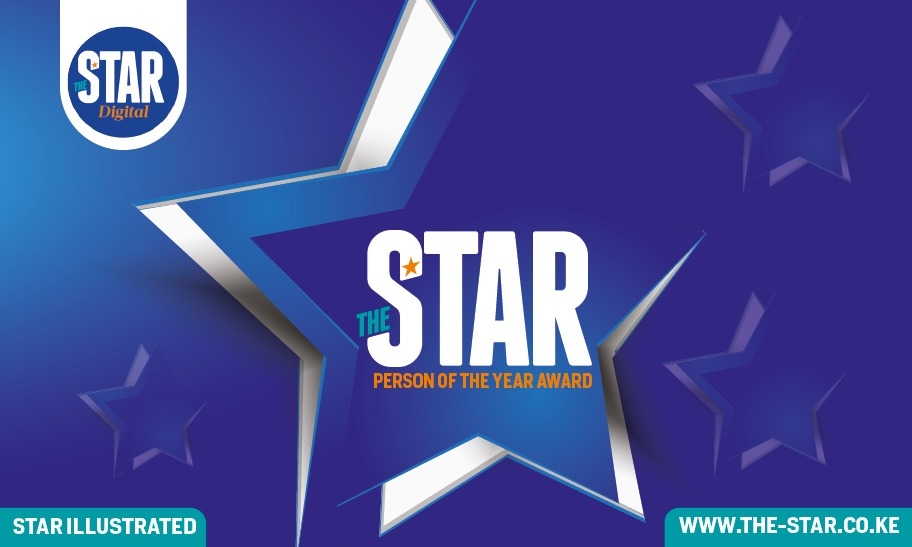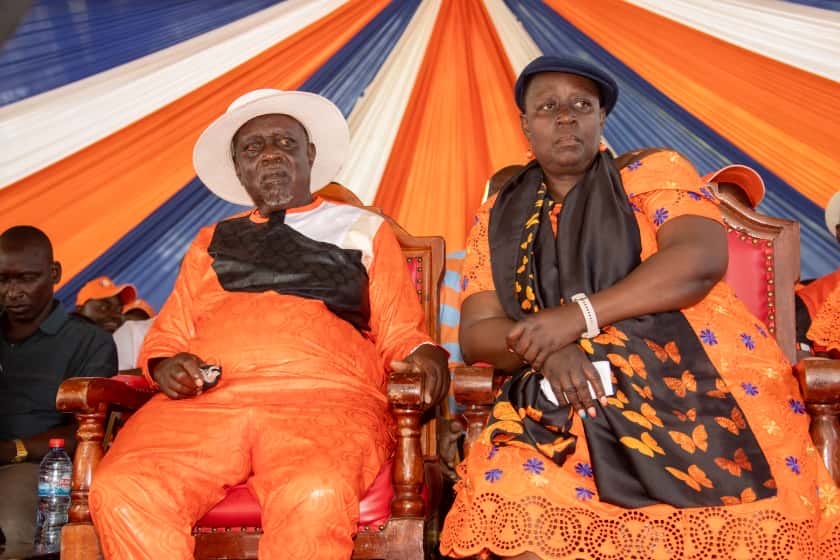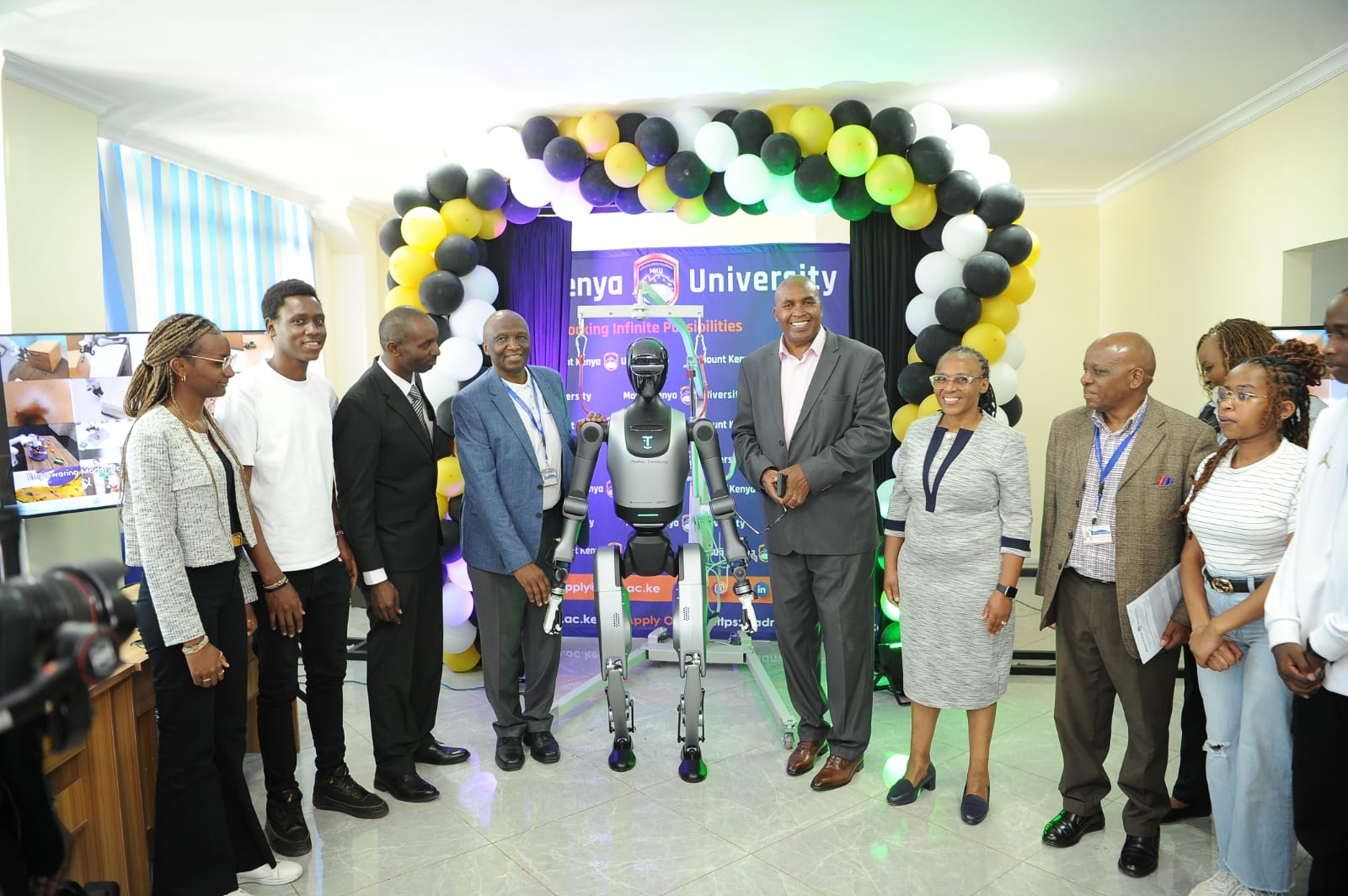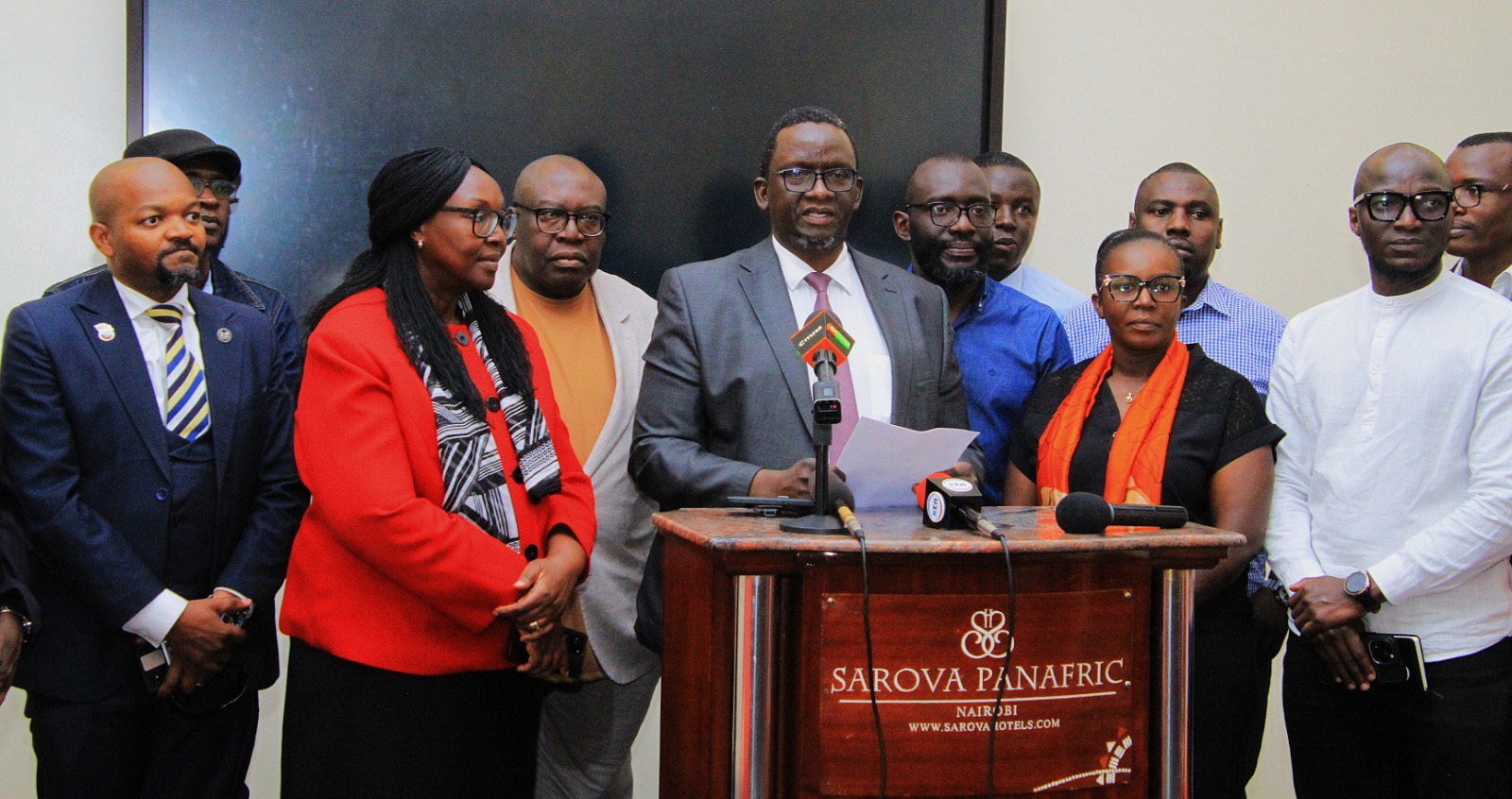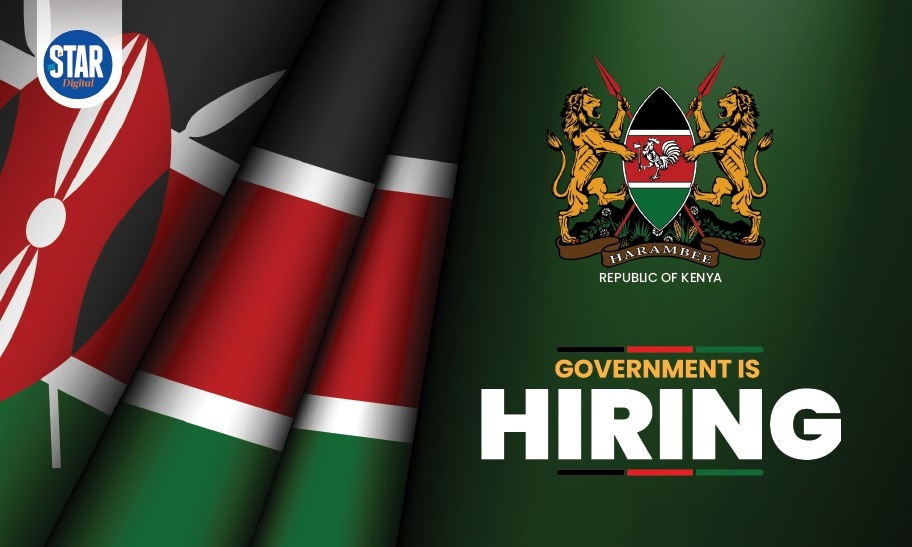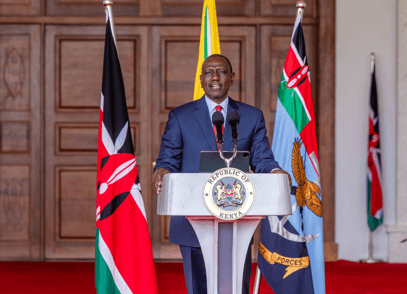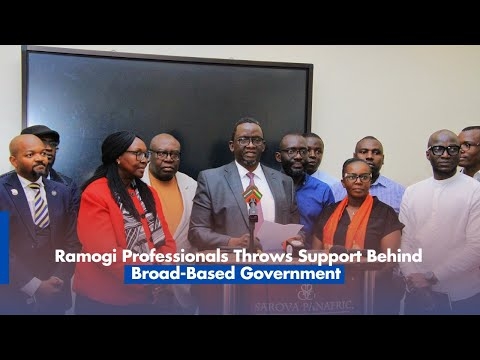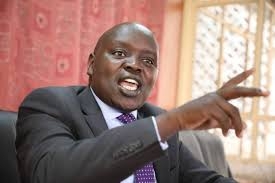In AD 2023, almost anyone who can read and write knows something about fake news. There's greater awareness of how to detect fake news and disinformation.
The producers of fake news are equally working hard to stay on top of their game. Having realised that audiences trust the mainstream media, fake news is increasingly targeted at journalists for onward transmission to the public.
The originators of fake news know how to present their misinformation in a format that can fool even a trained eye. Well-known international news organisations have fallen prey to this sophisticated type of disinformation that can be confused for the truth.
One example sticks out. An institution based in Paris, France, announced it had nominated Russia's President Vladimir Putin for a Nobel Peace Prize supposedly because of his role in fighting terrorism. The story was picked up by major news outlets and published across the world. It later emerged that the institute's leadership may have had business links with Russia. The Nobel Prize announcement was a publicity stunt.
GHOST PROFESSORS
In Asia, mainstream media have been publishing opinions and analyses from a news agency with proven ties to fake think tanks. The authors of those analyses, some of which touch on the global war on terror, do not exist. The analyses were written by ghosts! If mainstream media can be deceived by fake news, who can we trust to tell the truth?
Why are think tanks a popular front for fake news? Think tanks have existed since humans started acquiring and recording knowledge. Today, there are think tanks in every field of specialisation, from politics and environment to counter-terrorism, law, personal relationships and religion. Think tanks invest a lot of time and money in publishing research papers. Members of think tanks tend to be famous university professors, whom the media see as credible sources of information.
In the digital space, all think tanks post their reports online. This makes it convenient for journalists because it is no longer necessary to conduct face-to-face interviews with an expert. The expert's thoughts are already available online. In the newsroom, journalists work under very tight deadlines and they may not have time to investigate the background of every news source. Fake think tanks — some of which are run by former journalists — know how to present information in a format that attracts the mainstream media.
Some fake think tanks have been around for so long, it's easy to believe they are real. They have active websites filled with detailed reports. They post pictures of events. They host virtual conferences with panels of professionals from international institutions. They have a team of staff writers complete with their pictures, academic qualifications and biographies.
Nothing in there is real. The reports are nothing more than well-written propaganda. The offices depicted on the websites are not theirs. How about the group photos of happy, smiling people? All were created with artificial intelligence.
Dr Hans Gutbrod, executive director of Transparify, says editors and journalists often fail to distinguish between genuine think tanks that conduct independent policy research and 'fake tanks' that promote the vested interests of hidden paymasters. Transparify is an initiative promoting greater transparency in policy research and advocacy worldwide.
"The ability of fake news to influence public debates and democratic processes, including elections, has recently caused worldwide concern," Gutbrod says. Due to the financial opacity of fake tanks, it is impossible to tell whether those pulling the strings are domestic or foreign players.
How does one identify a fake think tank? They have very good websites that can dazzle anybody. Instead, look at the background of experts listed on those websites. According to the Disinformation Database, an easy way of identifying fictitious authors is to check whether they have been published elsewhere.
An "expert" whose work appears only on one website should arouse suspicion. Vague titles like "renowned expert", "independent researcher" and "investigative journalist" are red flags.
Use a search engine to find out the expert's history. A real person will have articles, journals and other works spread out over several years. If an individual suddenly started publishing a few years ago with no prior publications before that, you probably are looking at a made-up personality. Try contacting the individual or the organisation directly. The lack of a response should arouse suspicion.
ARTIFICIAL INTELLIGENCE GHOSTS
The Cybersecurity and Infrastructure Security Agency (CISA) warns of disinformation actors creating networks of fake personas and websites to increase the believability of their messages. They use artificial intelligence to make their content believable.
"Critically evaluate content and its origin to determine whether it's trustworthy. Research the author's credentials, consider the outlet's agenda and verify the supporting facts," CISA advises.
Conduct a thorough, unbiased search into contentious issues by looking at what credible sources are saying and considering other perspectives. Utilise publicly available tools, like reverse image search, to verify the source of media content.
Journalists should be sceptical of reports and studies from unknown sources or obscure organisations. Such sources should be subjected to thorough background checks to see if they have been criticised for spreading falsehoods. A website that seems to be pushing a particular agenda or one that is full of statistics and complicated technical terms should be treated with caution.
As the media adapts to battling fake news, the growing dependence of the public on unverified sources of information on social media makes society vulnerable to misinformation. The Reuters Institute revealed last June that Kenya has the largest portion of its population actively using the TikTok video-sharing platform. 54 per cent of those who were surveyed admitted to using the video app. Out of those, 29 per cent said they got their news exclusively from TikTok.
In essence, a growing chunk of Kenyans are getting news from celebrities, influencers, musicians and sports personalities, all of whom are unregulated. If social media influencers are not held to account, there is a real possibility they might knowingly or unknowingly spread fake news to their followers.


